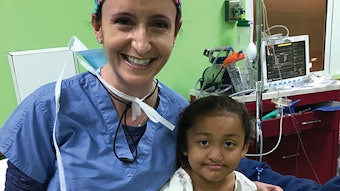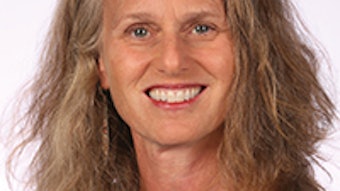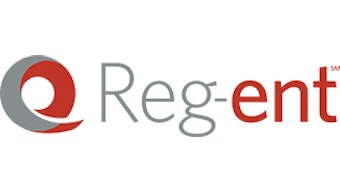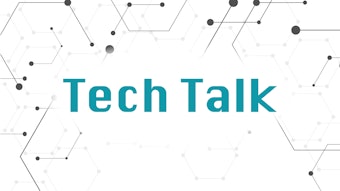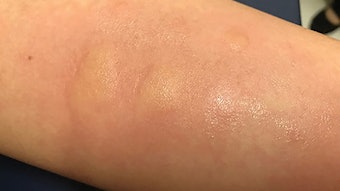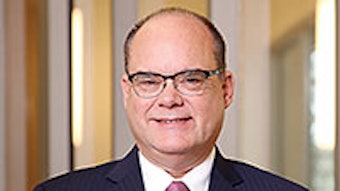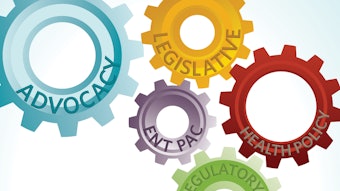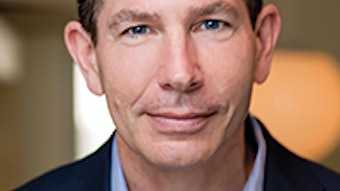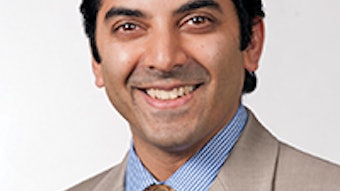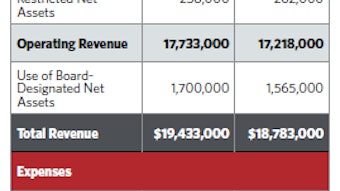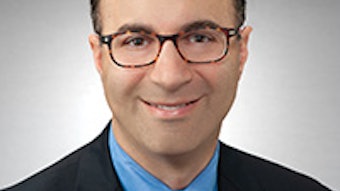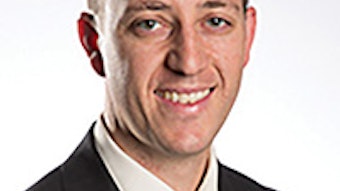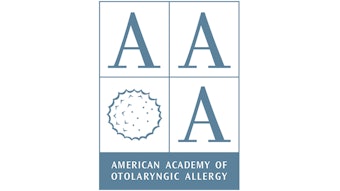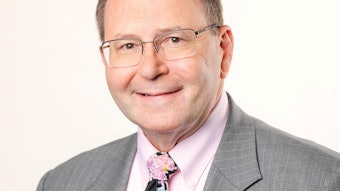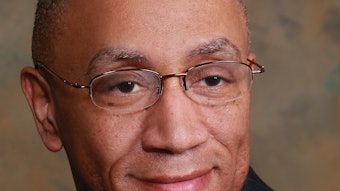The Future of Otolaryngology - Emerging from the Fog of War
Over the course of just three months, the COVID-19 pandemic has fractured several assumptions commonly held by the medical establishment—including hospitals, health systems, health plan executives, physicians, and patients alike—about traditional provision of medical care and also patient attitudes and behaviors toward healthcare.
Over the course of just three months, the COVID-19 pandemic has fractured several assumptions commonly held by the medical establishment—including hospitals, health systems, health plan executives, physicians, and patients alike—about traditional provision of medical care and also patient attitudes and behaviors toward healthcare.
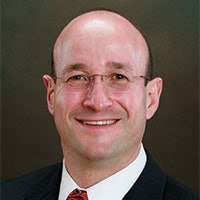 Gavin Setzen, MD
Gavin Setzen, MDAAO-HNS/F Past President (2017-2018) and Chair of the AAO-HNS Future of Otolaryngology Task Force
None of us could have anticipated a crisis of such global proportion, devastating the healthcare system as we know it, and quickly stripping away the notion that “medicine is recession-proof.” While the U.S. healthcare system has been moving toward a more consumer-focused experience, progress has been slow and cost-containment efforts have been largely ineffective. For decades, regulatory barriers have made it difficult to create a transparent, consumer-friendly, efficient, cost-effective, and physician-friendly healthcare delivery system.
The pandemic, however, has caused regulators to remove some barriers, and some healthcare executives are beginning to rethink long-held beliefs. I would venture to say that those who do not question these beliefs and care provision paradigms now could face a consumer trust problem and will find practice and healthcare recovery to be even more challenging.
I am optimistic that our patients, however, do intend to return to our medical health facilities (private practice and academic), and I expect to see pent-up demand for otolaryngology-head and neck surgery specialty care, including elective surgeries and other postponed diagnostic and therapeutic procedures. In fact, we are already seeing healthy recovery in various parts of the country.
To maintain or even re-earn the trust of patients, we will need to demonstrate competence, reliability, transparency, and most importantly, a sense of empathy in how we conduct practice operations moving forward. Like any consumer, patients will more carefully consider their options for where they will get their care during this time of uncertainty. We must inspire hope to suppress anxiety and create a sense of control that helps reduce uncertainty to facilitate the optimal patient experience and clinical outcomes.
Now more than ever, it is important to consider physician wellness and ensure that we can support each other; we need to look to our mentors and colleagues in our practices, communities, and our American Academy of Otolaryngology–Head and Neck Surgery (AAO-HNS) family for support.
Despite the challenging emotions we are experiencing right now, both as clinicians and patients, we are also seeing tremendous human resilience, restoring confidence in the human condition. We will be required to act fast, moving with more agility than we have ever seen in the healthcare industry. Patients are experiencing the start of a new normal, and many will likely not revert to their pre-COVID-19 preferences, making it critical for otolaryngologists to prepare for the future. The AAO-HNS and Future of Otolaryngology Task Force will continue to provide guidance and support in addressing member and specialty-wide concerns.
With disruption of this magnitude, comes tremendous potential opportunity. Continuously reassess your environment and remain flexible and ready to pivot with the following considerations:
Workforce readiness
- Recruit advanced practice providers (APPs)—physician assistants and nurse practitioners—for patient care and access expansion
- Older physicians experiencing the current disruptions caused by the pandemic could decide to retire
- Successful recruitment will increasingly depend on lifestyle factors
- Align clinicians and staff to support quality, patient experience, and cost effectiveness
- While there has been a historic trend toward increased physician employment levels, at the same time there is growing dissatisfaction with employment models due to rigid “top-down protocolization” and lack of autonomy
Clinical pathways and protocols
- Moving patient care from inpatient settings to free-standing facilities
- Accelerated shift toward in-office and ASC surgical care
Technology, infrastructure, and integration
- Enhanced provision of virtual health tools for transmission of data and telehealth capabilities
- Increasing role of artificial intelligence, virtual care, and non-clinical care
Supply chain
- Ensure adequate personal protective equipment (PPE), medical equipment and supplies – procurement pipeline
The future of healthcare financing
- Proliferation of value-based payment models supporting lower total cost of care and population health management
- Employers likely to continue to take greater role in managing costs, including virtual care incentives
- Venture capital firms will continue to invest funds they have already raised, but with greater scrutiny
So, as we embark on the future of otolaryngology care post COVID-19—a time where exponential change can accelerate the pace of disruption in the marketplace—continued collaboration between the AAO-HNS and our specialty societies will allow us to successfully manage and lead this transformation.
As physician leaders we must continue to inspire our teams, patients, and each other through challenging times. We must stand shoulder to shoulder and remain hopeful that by demonstrating understanding and compassion, listening carefully, and communicating regularly with candor and consistency, we will prevail and continue to provide the best ENT care for our patients.
Onwards and forwards…

